Erasmus Medical Center
EGM architecten has created the design for the Erasmus Medical Center located in Rotterdam, the Netherlands.
In the heart of Rotterdam, the largest university medical centre in the Netherlands has been constructed: the Erasmus MC. On the site of the existing hospital, a new complex has been realised, where healthcare, research and education all come together. The new building allows the Erasmus MC to transform itself from a collection of detached buildings connected by pedestrian bridges, into a compact, efficient and integrated whole.
Improvement and innovation in the care of today and the health of tomorrow; that is one of the philosophies of the Erasmus MC. Everything revolves around giving the best care, in the broadest sense of the term. It has been scientifically proven that pleasant environments contribute to the well-being of patients and employees. That’s why space, natural light, views, orientation, greenery and independence play such a significant role in the Erasmus MC.
Connection is one of the core values of the Erasmus MC. This is the reason why the hospital is located in the city centre of Rotterdam, literally at the core of society. Essentially, the hospital is a medical city within a city, with streets, squares, greenery and facades with an urban flair. Connecting the outer edges of the hospital to the city are the glass roofed outdoor areas, the atriums. And the 120 metre high office tower fits right into Rotterdam’s skyline.
One important component of the new Erasmus MC is the glass roofed public area. This space, at one point a 300 metre long, 20 metre wide passageway, connects the existing buildings with the new building. All of the hospital departments can be easily accessed from here. The pleasant atmosphere in no way evokes the feeling of a hospital. Its overview, natural light, shops, restaurants and views provide an ideal meeting space for patients, employees, students and visitors.
The various facilities are no longer spread out, but linked together and interwoven between the departments for outpatient care and for diagnostics, the ICU and the operating theatre. This encourages cooperation and knowledge exchange. The facilities are organised so that the outpatient facilities and emergency room are located downstairs in the most dynamic environment, whereas the nursing rooms enjoy the tranquillity of the upper floors.
The public area offers structure and an overview. The atrium provides an orientation point as well as natural light to the building facades, even in the areas located at the lowest levels. In the outpatient facilities and the nursing ward, the waiting rooms, corridors and stairwells are all located along the facade of the building. This offers views of the passageway, the atrium, the city and the greenery, helping to reduce stress levels experienced while waiting and encouraging the use of the stairs.
The hospital works with patient-related themes, where the atrium and the connecting intersections form the heart of every theme. Patients can always find what they need for their specific concerns. In addition, the hospital only contains single patient rooms. This contributes to the recovery process by improving privacy, tranquillity and hygiene. Consideration has also been given to independence. Patients in the nursing ward can open up their windows and look out onto the green rooftops from their rooms. Unique in the Netherlands. An impressive combination of care and innovation. The Erasmus MC is continually transforming itself.
As far as possible, the nursing ward and the outpatient facilities share the same layout. The uniform layout is extended throughout the entire building shell, providing a sense of familiarity, flexibility and efficiency. In addition, the shell of the building is separate from the interior. This allowed for the latest concepts and technical developments to be included in the design plan and in the choice of the medical technical design. The Erasmus MC is geared toward the future and the health of tomorrow.
The hospital has the Pharmafilter installation at its disposal. Green rooftops provide for delayed drainage of rainwater. In addition, warm and cold energy storage is utilised.
Architect: EGM architecten
Photography: Rob van Esch, Ossip van Duivenbode


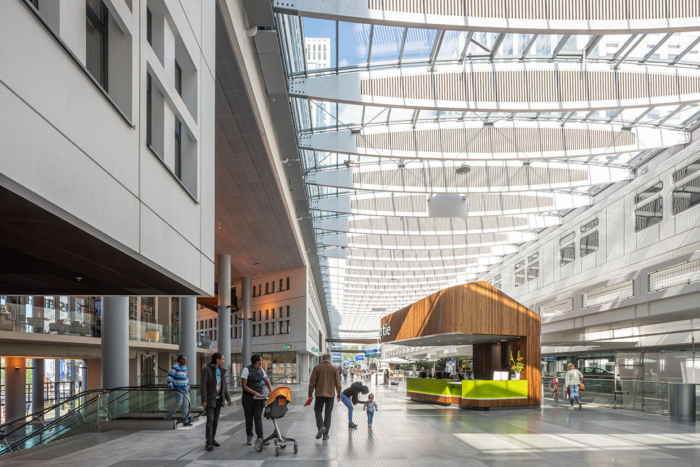

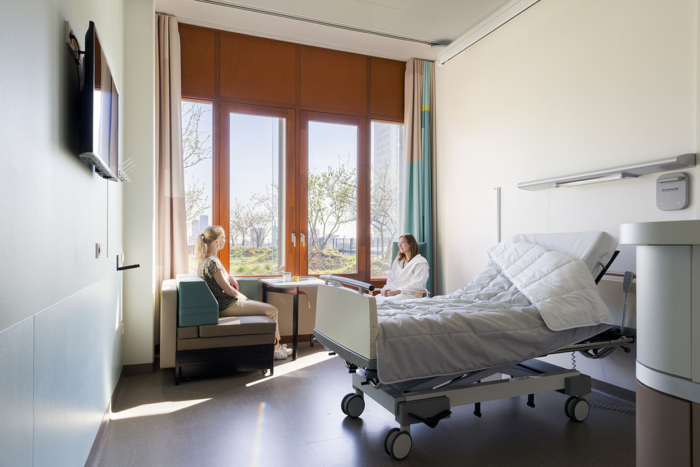
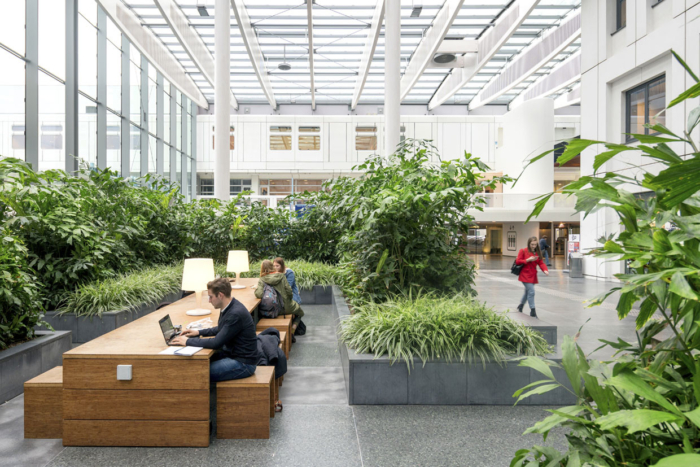

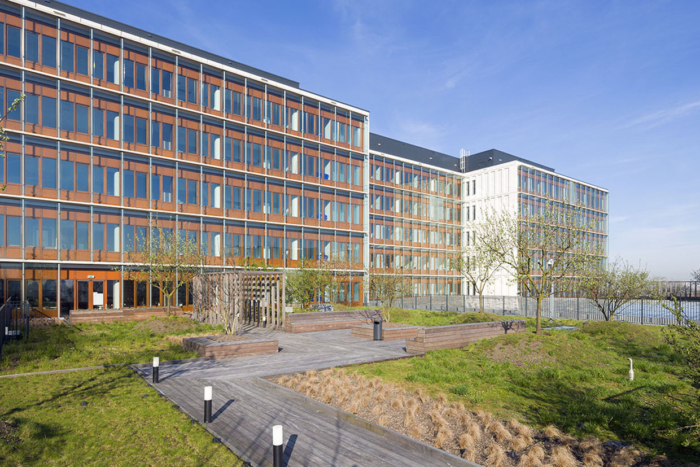

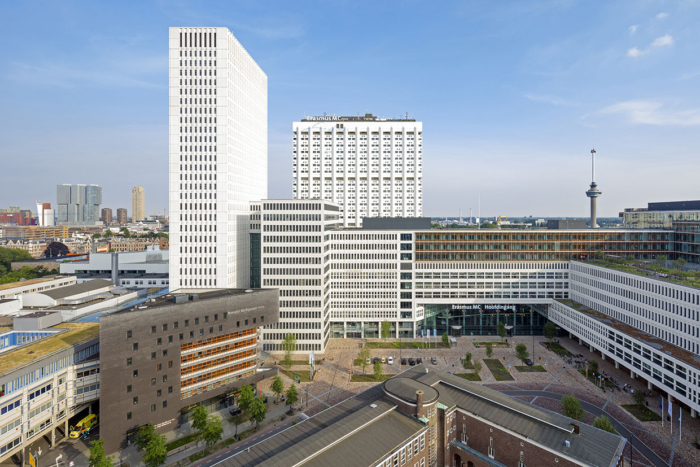


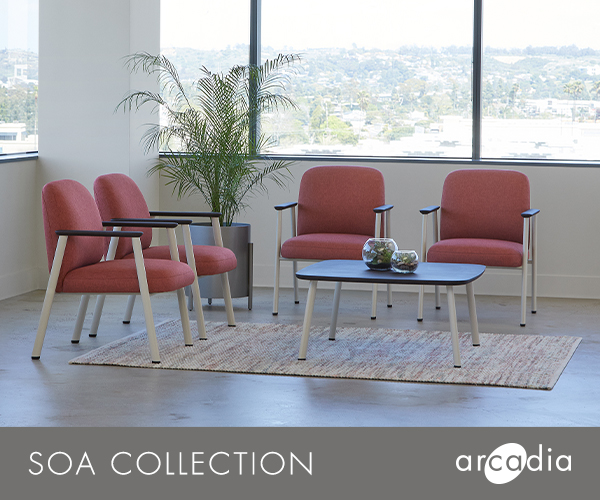


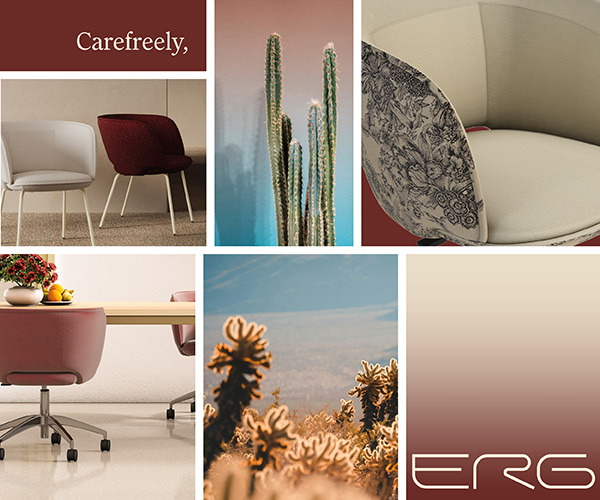








Now editing content for LinkedIn.